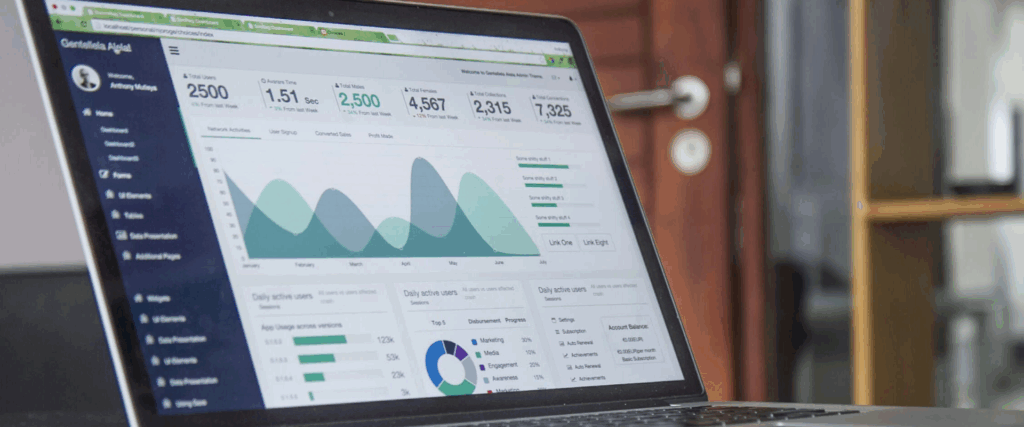
6 Best Tools for Product Analysis in 2025
Product success isn’t guesswork—it’s built on data. To optimize user experience, increase retention, and guide feature development, product analysts rely on a suite of powerful tools that turn raw numbers into actionable insights. Whether you’re just starting or scaling fast, here are the 6 best tools to power your product analysis in 2025.
1. Mixpanel
Mixpanel is built for tracking user behavior in web and mobile products. It excels in event tracking, conversion funnels, retention analysis, and cohort reports. Product teams love its intuitive interface and ability to answer questions like “Who dropped off after onboarding?” or “Which features drive retention?”
👉 Best for: Real-time behavior tracking, feature adoption, and user flows.
2. Amplitude
Amplitude takes behavioral analytics a step further by helping teams understand why users convert—or don’t. Its “Pathfinder” and “Impact Analysis” features uncover hidden drop-offs and the true impact of product changes. It also supports experimentation through A/B testing analytics.
👉 Best for: Product experimentation, retention drivers, and customer journey mapping.
3. Heap
Heap automatically captures every click, tap, and page view—no manual event tracking needed. This makes it easy to retroactively analyze behaviors without engineering support. Its data auto-capture and visual data labeling make it a favorite for fast-moving teams.
👉 Best for: Non-technical teams needing immediate, retroactive behavioral insights.
4. Looker (Google Cloud)
Looker is a powerful BI tool that helps analysts go deeper with SQL-based modeling. While it requires some technical skill, it shines at turning raw product usage data into custom dashboards and granular reports, especially for cross-functional teams.
👉 Best for: Advanced product metrics, self-serve analytics, and integration with data warehouses.
5. Hotjar
While numbers tell what happened, Hotjar tells why. It captures heatmaps, session recordings, and user feedback to reveal pain points in the product experience. Ideal for UX researchers and product designers looking to complement quantitative insights with qualitative context.
👉 Best for: UX analysis, identifying friction points, and validating hypotheses.
6. Python (pandas + seaborn/matplotlib)
For analysts who want full control over their analysis, Python remains unbeatable. With libraries like pandas, matplotlib, and seaborn, you can clean, manipulate, and visualize data however you want. It’s ideal for custom models, A/B test evaluations, and deeper statistical work.
👉 Best for: Advanced analysis, predictive modeling, and experimentation results.